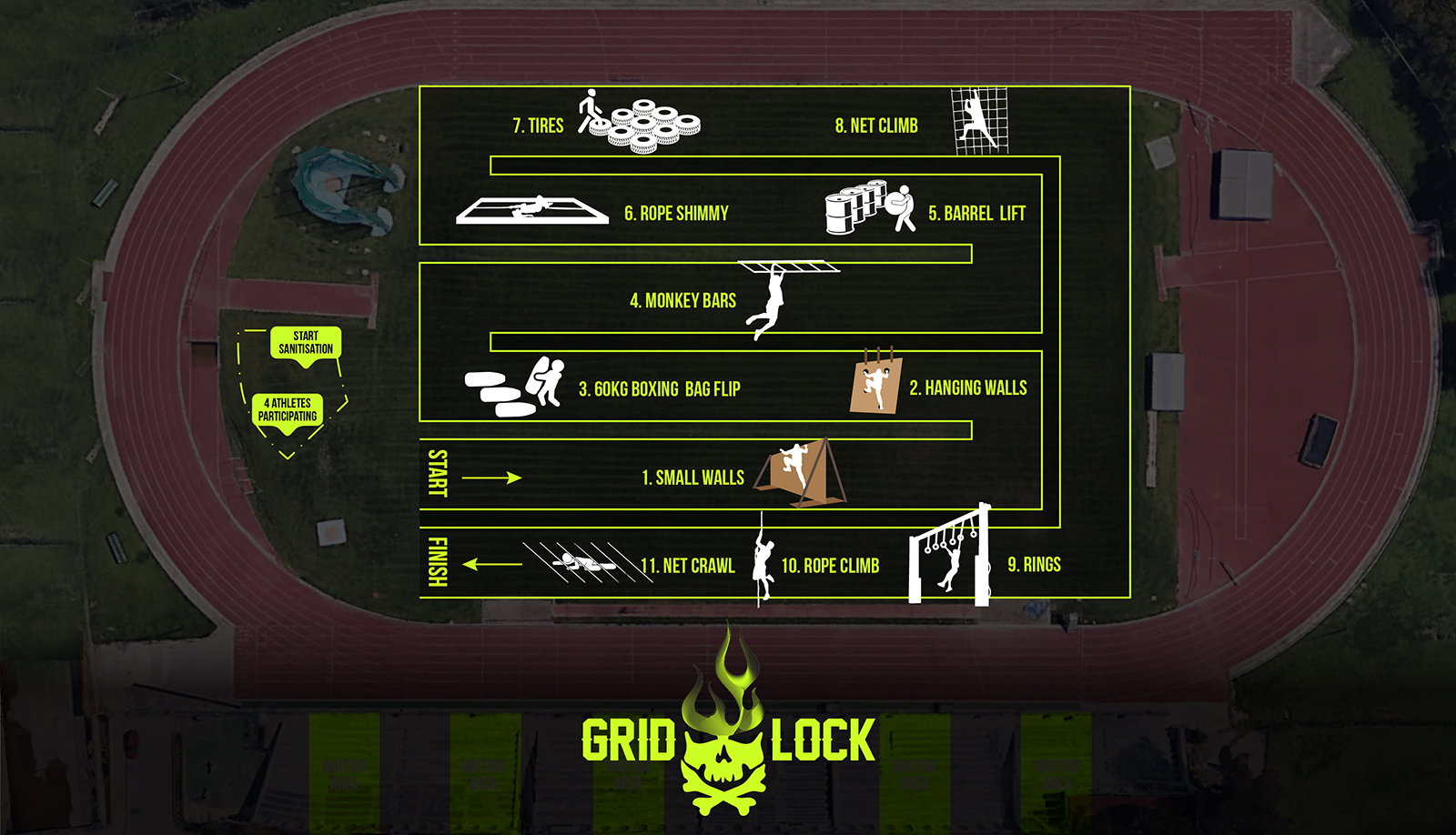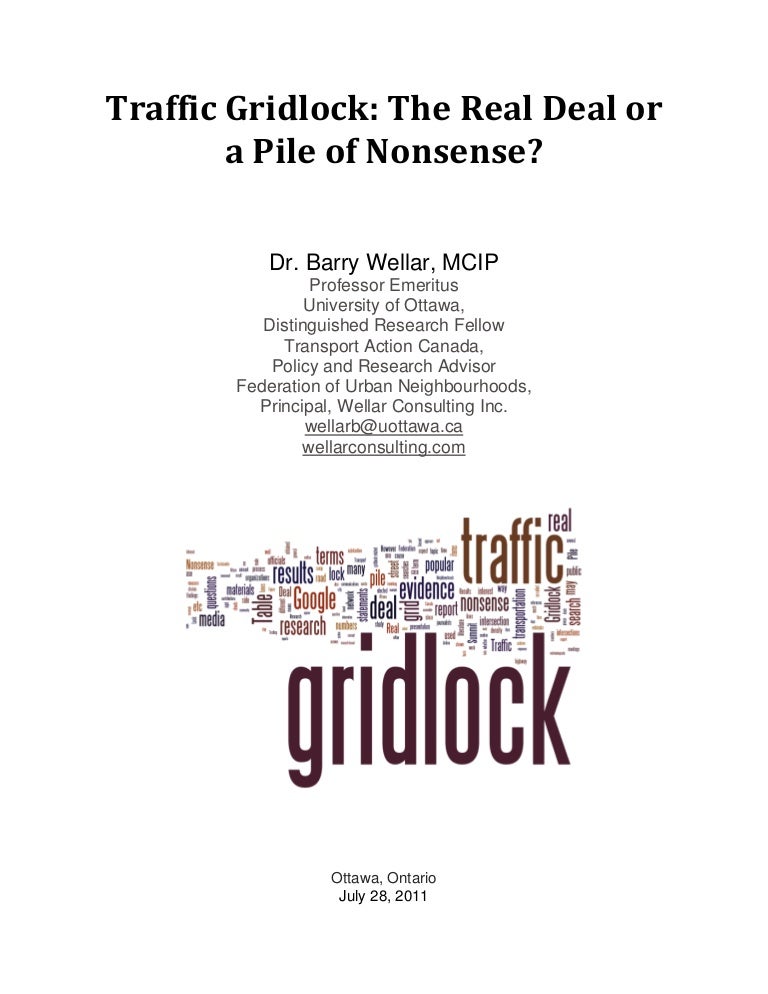
That said, there are key ways in which that period is different than today. Partisan loyalties were also high, both in the electorate and in Congress. Like now, every presidential election during those years was narrow, and control frequently shifted back and forth between the two parties. One other period of partisan conflict holds strong parallels to our current moment: The 20-year period between 18, also known as the period between the end of Reconstruction and the end of the Gilded Age.


Of course, this isn’t the only time America has found itself with high levels of polarization. And again, the last time we saw so much institutional volatility was from 1876 to 1896, when at least one institution changed partisan hands in eight out of 10 elections. This kind of turnover is dangerous because it suggests that the parties are unwilling to work together to find compromise. Seven presidential elections in a row where fewer than a quarter of states changed parties, well eclipsing the previous record of three in a row.Īnd in 11 of the last 15 elections (presidential and midterm), at least one institution in Washington (the House, the Senate or the presidency) has changed party hands. Nine presidential elections in a row without either party experiencing a landslide (defined as a national popular vote margin of at least 10 points), eclipsing the previous record of seven in a row (1876-1900). This produces a deeply polarizing and highly destructive form of partisan trench warfare that threatens to erode the very legitimacy of American democracy.Ĭonsider just a few record-setting patterns in the last several elections: Hatred toward the other party drives our politics. This period is also unique in the extent to which America is divided.

What’s more, the national outcome often hinges on just a few swing states and districts. For starters, the period we find ourselves in now is unique in that the national partisan balance of power is extremely close (with control of national government up for grabs in almost every cycle), even as most states and most voters are either solidly Democratic or Republican. This current period of partisan stalemate stands out in a few respects when we consider America’s long history with partisan conflict. History holds, at best, a half lesson here.


 0 kommentar(er)
0 kommentar(er)
